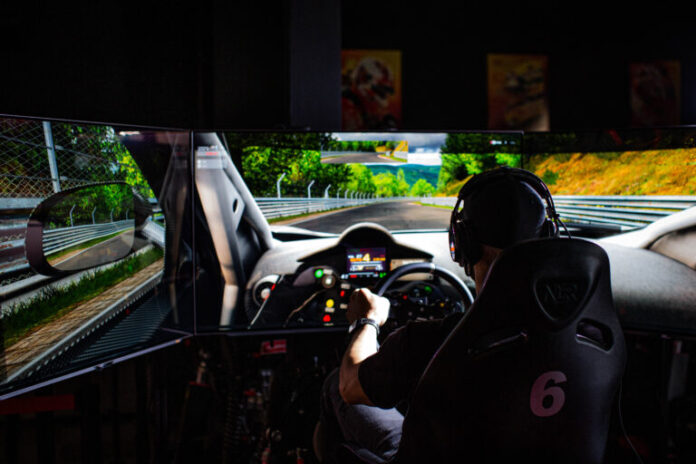
Getting better at racing in a virtual environment takes dedication, practice, and an understanding of the key areas that affect your performance. Racing games are more than just entertainment – they simulate real-world racing dynamics.
To improve, you need to focus on various aspects, such as your technique, hardware setup, and mental approach.
This guide walks through everything you need to level up your racing skills and see real progress in your lap times.
1. Master Your Driving Lines and Braking Points
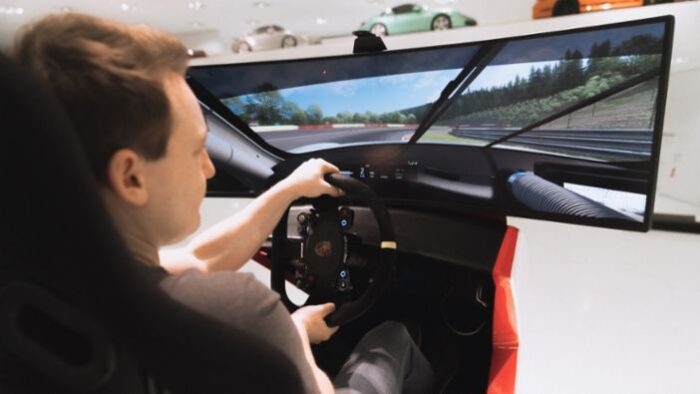
One of the first areas to focus on is your driving lines and braking points. Learning where to brake and how to take the corners properly can make a huge difference. Every track is unique, and each one will have its ideal line through corners.
To get better at this, watch replays of faster drivers, take note of where they brake, and try to match those points.
Consistent braking is key. Start by identifying braking markers on the track – whether it’s a signpost, a change in the track’s surface, or a shadow.
Keep braking in the same place lap after lap. This consistency will allow you to make minor adjustments until you find the perfect balance between slowing down and maintaining speed.
2. Practice, Then Practice Some More
There is no shortcut here. You need to dedicate time to practice, not just to race casually but to focus on improving specific skills. Set goals for each session, like improving your lap time by a certain amount or working on a tricky section of the track. Don’t expect to be perfect immediately. Improvement comes in small increments.
Many racing platforms, including iRacing, offer structured ways to improve. For those looking to improve in iRacing, it’s worth checking out online courses. They provide detailed guidance to help you reach your goals.
3. Focus on Throttle Control
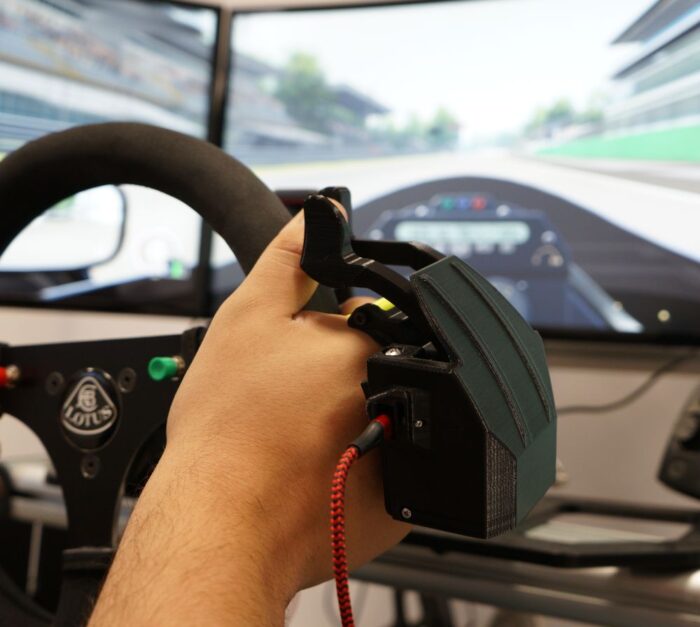
The faster you can apply the throttle exiting a corner without spinning out, the quicker your lap times will be. This is especially important when driving more powerful cars, where too much throttle can result in lost traction.
Work on applying the throttle smoothly and gradually as you exit corners. Don’t slam on the gas; instead, ease into it. The goal is to maximize grip and maintain momentum as you power out of a corner.
4. Adjust Your Hardware Setup
Your racing setup matters. Having a quality wheel and pedal set will drastically improve your control over the car. If you’re using a controller or a basic wheel, upgrading to a more advanced setup can make a significant difference.
The force feedback in higher-end wheels provides better information about what the car is doing. You’ll feel when the tires are losing grip or when the car is understeering. A good pedal set also gives you more precision with throttle and braking.
Ensure that your wheel is properly calibrated and that the pedal sensitivity is set to your liking. Spend time tweaking the settings until everything feels right. Don’t settle for the default setup. Every driver has their preferences, and getting your hardware dialed in will help you drive more consistently.
5. Learn from the Pros
Watching experienced drivers and professional racers is a great way to learn. Many top players post their replays or share their techniques on streaming platforms or forums. Study how they approach corners, their braking techniques, and how they position their car on the track.
Don’t just watch passively. Take notes and try to apply those techniques in your practice sessions. Copying their lines and approach can give you a head start, but don’t forget to adjust things to suit your driving style.
6. Focus on Car Setup
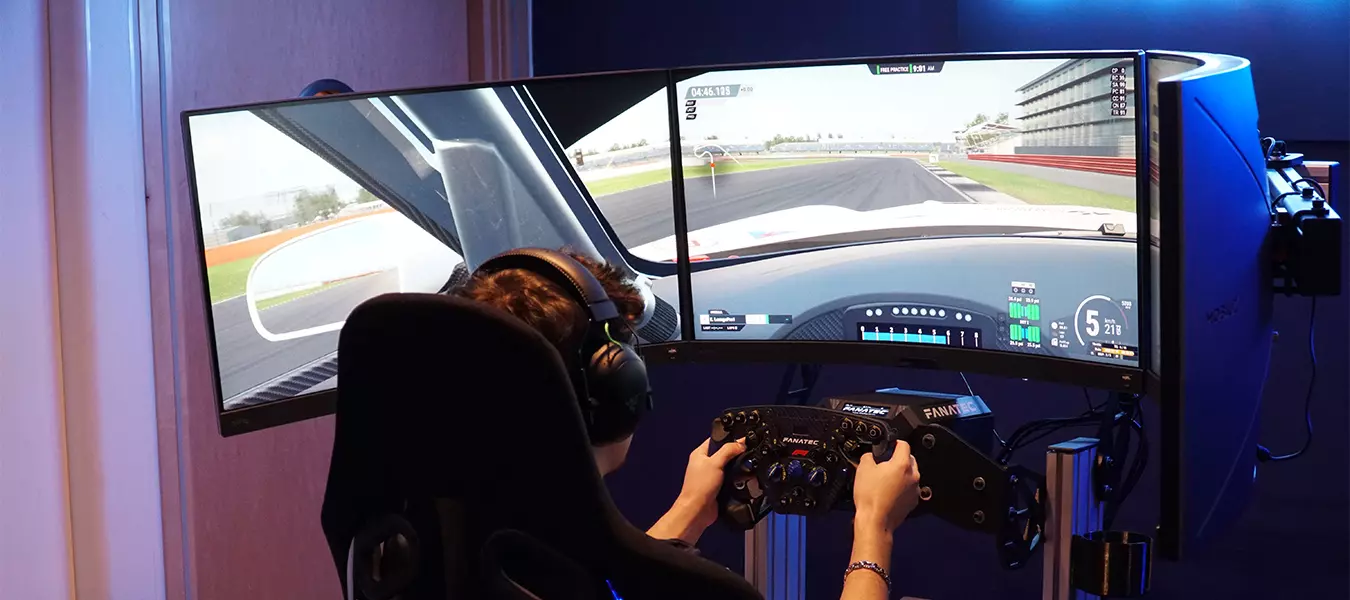
Racing isn’t just about driving – it’s also about getting your car setup dialed in. Small tweaks in the setup can lead to big improvements in performance. Learning how to adjust the car’s suspension, tires, and aero settings can give you a competitive edge.
Start with the default setup provided by the game and make small adjustments based on how the car feels on the track. If you’re experiencing oversteer or understeer, experiment with changes to the suspension or tire pressures. Don’t make too many changes at once – tweak one thing at a time and see how it affects your lap times.
Many players overlook car setups, but it can be one of the easiest ways to gain speed without changing your driving.
7. Join a Racing Community
Surrounding yourself with like-minded racers is a great way to stay motivated and learn. Join a community, whether it’s through forums, Discord, or social media. Many racing platforms have active communities where you can ask questions, share your progress, and get feedback from more experienced drivers.
You’ll also find that being part of a group pushes you to improve. When you see others progressing, it motivates you to put in the work. Plus, having others to race against will help you get better. It’s one thing to practice solo, but racing against real people will expose you to different driving styles and strategies.
9. Pay Attention to Tire Management
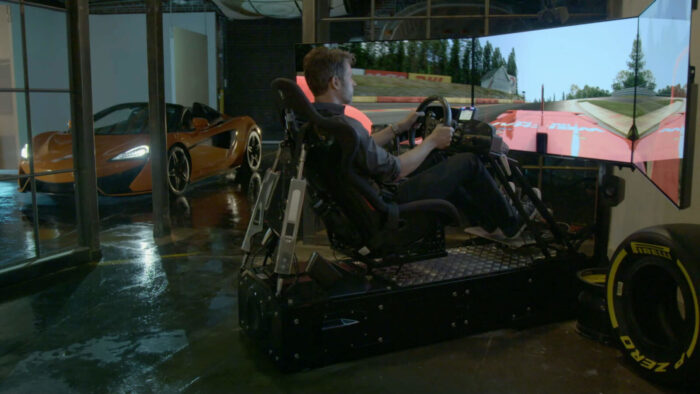
Learn how to manage your tires to maintain grip throughout the race. Overdriving can lead to excessive tire wear, which will slow you down as the race goes on.
Keep an eye on your tire temperatures and pressures during a race. If the tires are overheating, you may need to adjust your driving style to preserve them. Smooth inputs and consistent cornering will help prolong the life of your tires, giving you an advantage in longer races.
10. Experiment with Different Cars
Each car handles differently, and it’s important to learn how to drive a variety of them. Some cars may suit your style better than others, so don’t limit yourself to one vehicle. Try different classes of cars to expand your skill set.
When driving a new car, spend time in practice mode to get a feel for how it handles. Learn its braking characteristics, how much throttle you can apply in corners, and how it behaves at different speeds. The more adaptable you are, the better you’ll be in competitive environments.
Conclusion
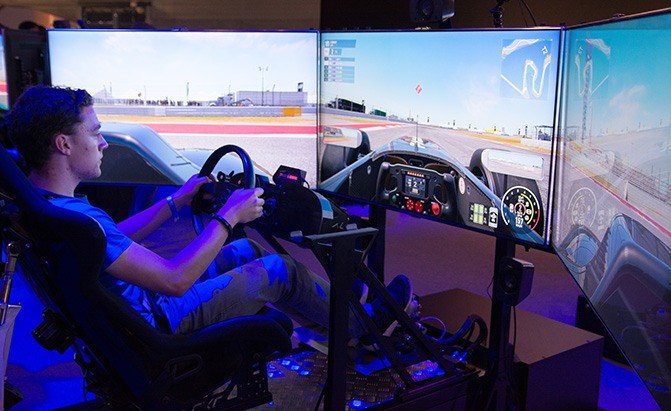
Improving at racing in virtual environments takes time and dedication, but following these steps will help you see real progress. Focus on mastering the basics, practice regularly, and take the time to learn from faster drivers.
Fine-tuning your hardware, working on car setups, and staying consistent will also make a big difference. With the right approach, you’ll start seeing faster lap times and better race results.










